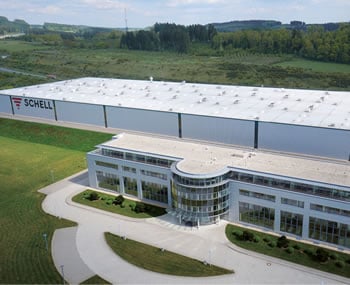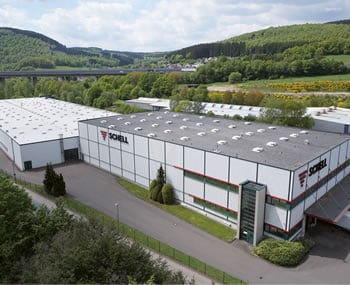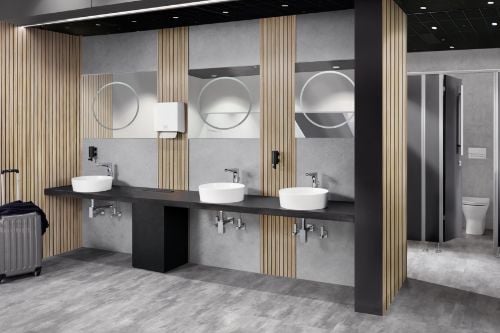2. Mandatory inspections
To check drinking water quality for the presence of Legionella, operators must have systemic testing carried out at regular intervals. This kind of testing is explained by the Federal Environment Agency: “The term ‘systemic’ highlights the fact that the aim for such testing is not to confirm the absence of Legionella at all local tapping points but rather to monitor the drinking water installation as a whole. Accordingly, the goal is to confirm potential contamination with Legionella in parts of the drinking water installation that can affect a larger number of tapping points. This is particularly true of the central parts of the drinking water installation, such as drinking water heating systems, distributors, riser sections and circulation lines.” This is also the rationale for the procedure used when sampling residential buildings, which often differs to those used by labs. The approach for this systemic sampling as per section 31 of the German Drinking Water Regulation (TrinkwV) ‘Inspection duties relating to Legionella spec.’ is thus to sample peripheral areas instead of as close as possible to the potable water hot (PWH) riser section – which often has expensive consequences for the owner. Accordingly, building owners should set this out clearly when commissioning a testing body and explain that the building sampling should be carried out exactly according to the ‘systemic test’ specifications from the TrinkwV. Testing can be conveniently carried out using sampling valves under the wash basin and not via the corresponding sampling fitting. For Legionella testing, the applicable technical action value is 100 colony-forming units (CFU) per 100 ml. If this limit is reached, other activities become necessary, such as a risk assessment according to section 51 of the TrinkwV.

![[Translate to English:] [Translate to English:]](/fileadmin/_processed_/1/b/csm_symstemloesungen_e2_thumb_6bca267f26.jpg)
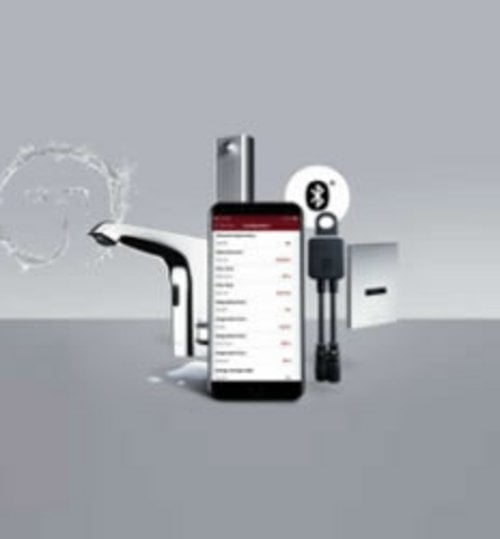
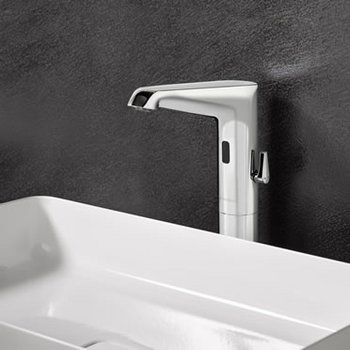
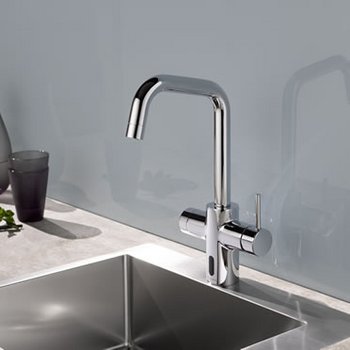
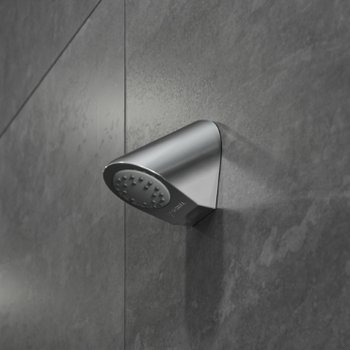
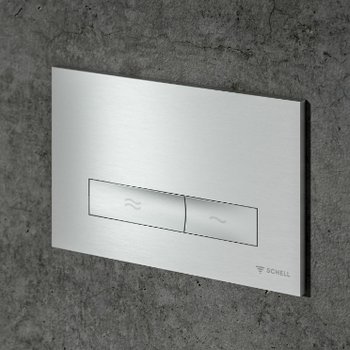
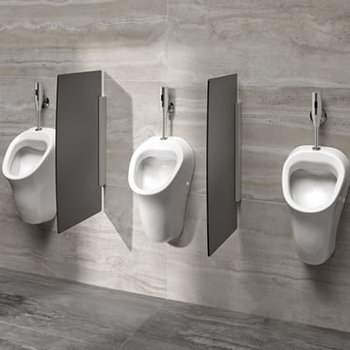
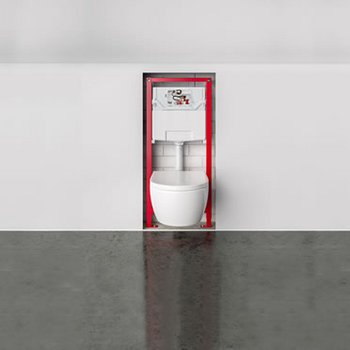
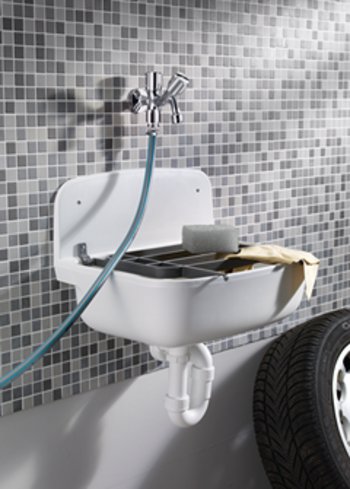
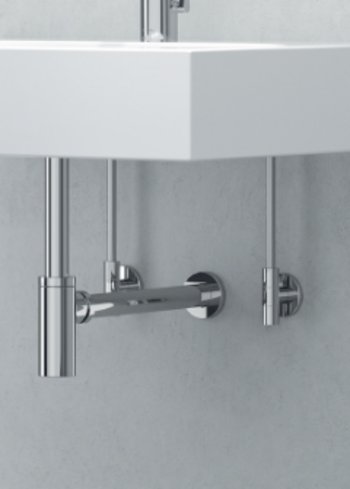
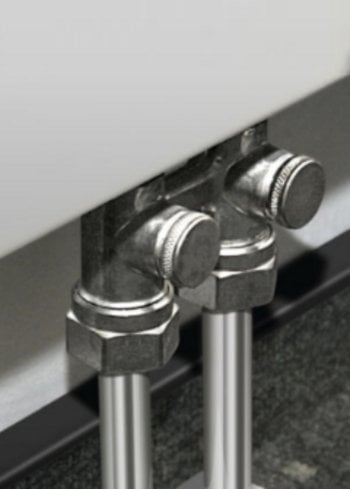
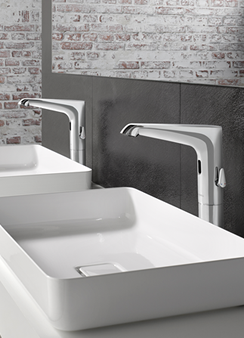
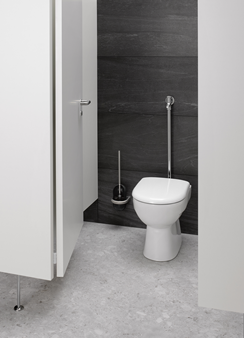
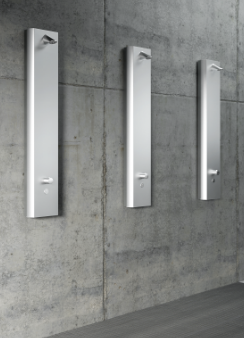
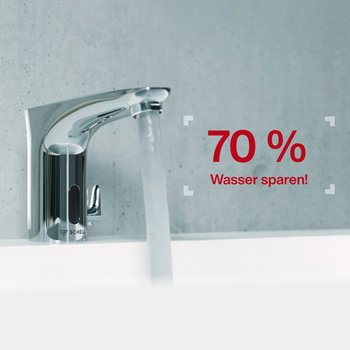
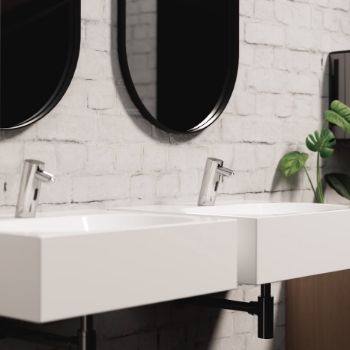

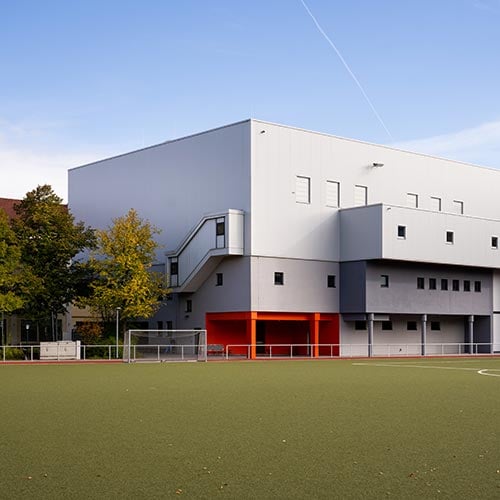
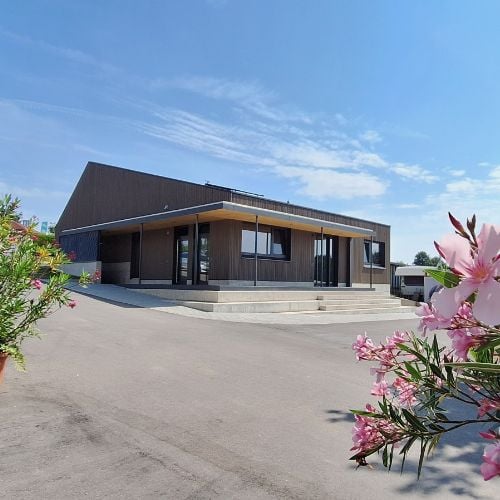
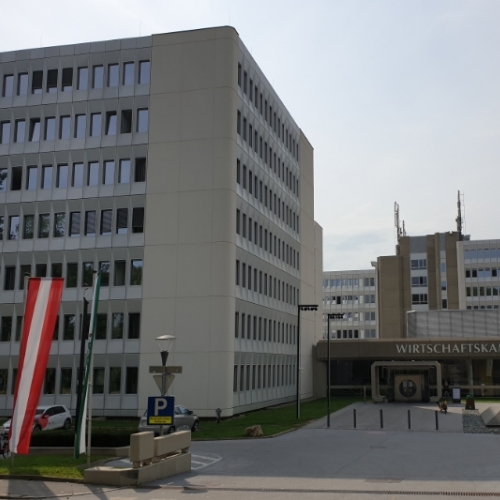
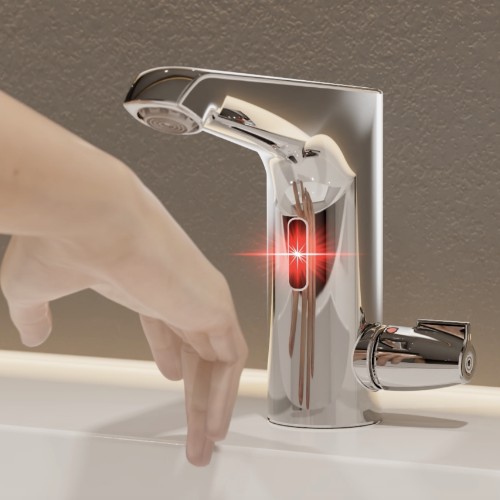
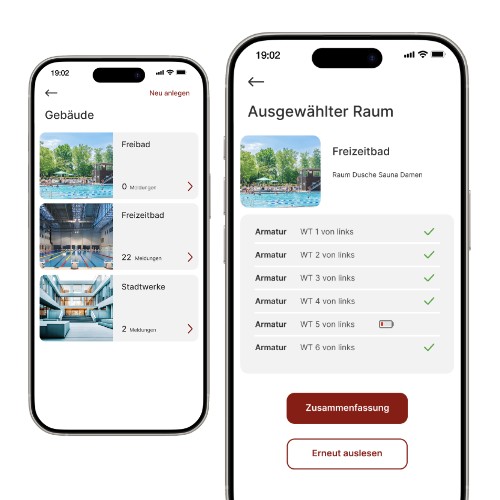
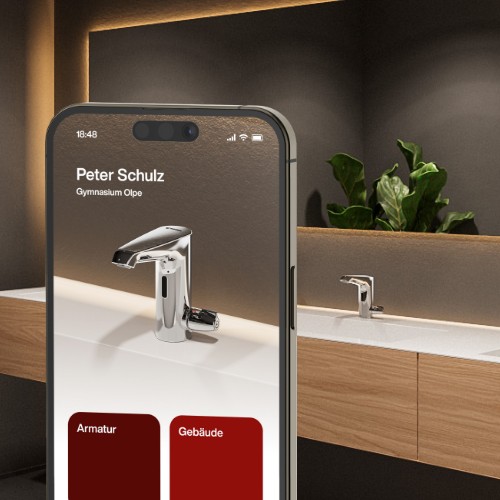
![[Translate to English:] [Translate to English:]](/fileadmin/user_upload/images/menu/menu_service_downloads_broschueren.jpg)
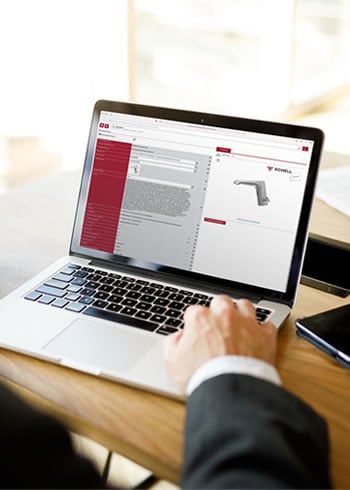



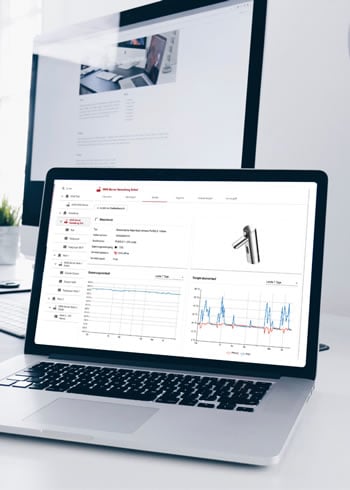


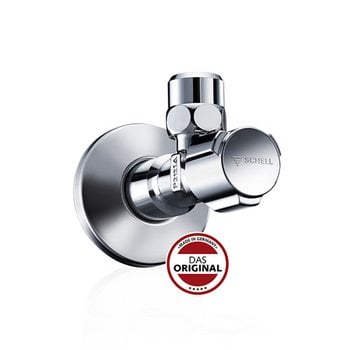
![[Translate to English:] [Translate to English:]](/fileadmin/_processed_/7/7/csm_menu_unternehmen_ueber-schell_awards_f6cec25b1d.jpg)
![[Translate to English:] [Translate to English:]](/fileadmin/_processed_/a/0/csm_menu_unternehmen_ueber-schell_wasser-sparen_41036d2dd9.jpg)


